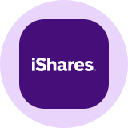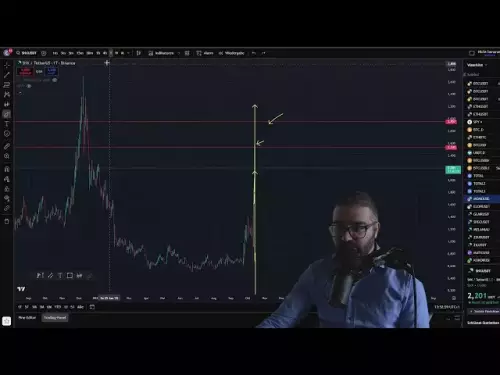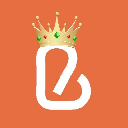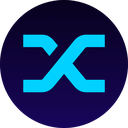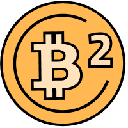-
 bitcoin
bitcoin $115692.075601 USD
5.13% -
 ethereum
ethereum $4162.931611 USD
11.68% -
 bnb
bnb $1310.063287 USD
17.56% -
 tether
tether $1.000983 USD
0.00% -
 xrp
xrp $2.534505 USD
8.16% -
 solana
solana $198.235737 USD
13.49% -
 usd-coin
usd-coin $1.000236 USD
0.02% -
 dogecoin
dogecoin $0.207352 USD
12.89% -
 tron
tron $0.323043 USD
3.62% -
 cardano
cardano $0.701559 USD
11.88% -
 hyperliquid
hyperliquid $39.924597 USD
8.30% -
 chainlink
chainlink $18.934457 USD
11.56% -
 ethena-usde
ethena-usde $1.000552 USD
0.02% -
 stellar
stellar $0.340575 USD
7.05% -
 bitcoin-cash
bitcoin-cash $545.011757 USD
8.86%
how to check blockchain
To check the blockchain, select a blockchain explorer, input the address or transaction hash, interpret the fetched details, and double-check the information for accuracy.
Oct 22, 2024 at 09:42 am

Blockchain technology is a revolutionary and secure way to store and transfer data. This technology is used in various industries, such as finance, supply chain management, and healthcare. By understanding how to check the blockchain, you can leverage its many benefits.
1. Choose a Blockchain ExplorerThere are several blockchain explorers available online, such as:
- OKX Blockchain Explorer: Supports multiple chains including Bitcoin, Ethereum, and Binance Smart Chain.
- Etherscan: Specifically for the Ethereum blockchain.
- Blockchair: Supports a wide range of blockchains.
To check a specific address or transaction, you need its unique identifier. For an address, it's a string of alphanumeric characters. For a transaction, it's a hash or a unique code generated when the transaction was created. You can find this information from a wallet, exchange, or transaction record.
3. Enter the Information into the ExplorerOn the blockchain explorer website, enter the address or transaction hash into the search bar. This will fetch the relevant information about the specified item.
4. Interpret the ResultsThe blockchain explorer will display details about the address or transaction you searched for. These details may include:
- Balance: For an address, this shows the amount of cryptocurrency held by that address.
- Transactions: A list of recent transactions associated with the address or involved in the transaction hash. Each transaction includes details such as the date, time, amount, and sender/receiver addresses.
- Confirmation Count: Indicates the number of times the transaction has been confirmed by different nodes on the blockchain network.
Double-check the information displayed by the blockchain explorer to ensure it matches what you expected. Some explorers allow you to export the results as a PDF or CSV file for further verification.
6. Additional FeaturesSome blockchain explorers offer additional features, such as:
- Block Explorer: Allows you to navigate through blocks on the blockchain and view details about each block.
- Transaction Charts: Provides graphs showing the transaction volume or other metrics over time.
- Token Data: Displays information about specific cryptocurrencies or tokens, including historical prices and market data.
By following these steps, you can effortlessly check blockchain data and gain valuable insights into cryptocurrency transactions, wallet balances, and blockchain activity.
Disclaimer:info@kdj.com
The information provided is not trading advice. kdj.com does not assume any responsibility for any investments made based on the information provided in this article. Cryptocurrencies are highly volatile and it is highly recommended that you invest with caution after thorough research!
If you believe that the content used on this website infringes your copyright, please contact us immediately (info@kdj.com) and we will delete it promptly.
- XRP Price Prediction: Weekend Rollercoaster or Rally?
- 2025-10-12 08:45:16
- Bittensor (TAO): Super Bullish Signals Point to Potential 2x Rally
- 2025-10-11 10:25:12
- Silver Price Correction: Navigating the Dip & Identifying Key SEO Keywords
- 2025-10-11 10:25:12
- Decoding Crypto Trends: Bittensor's Bull Run, Cardano's Dip, and LivLive's Presale Buzz in 'Uptober 2025'
- 2025-10-12 08:45:16
- MoonBull: The Crypto Meme Coin Promising 1000x Gains?
- 2025-10-11 10:30:01
- Crypto Payroll Revolution: Stablecoins, Altcoins, and the Future of Salary Payments
- 2025-10-11 10:30:01
Related knowledge
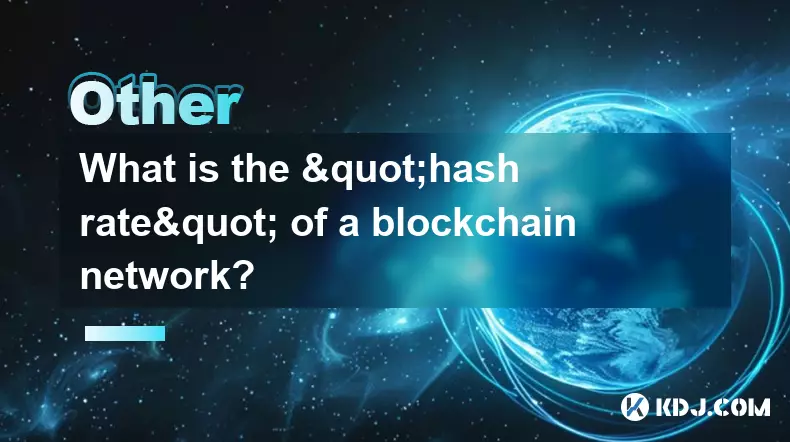
What is the "hash rate" of a blockchain network?
Oct 10,2025 at 03:55pm
Understanding Hash Rate in Blockchain Networks1. The hash rate refers to the total computational power being used to process transactions and mine new...
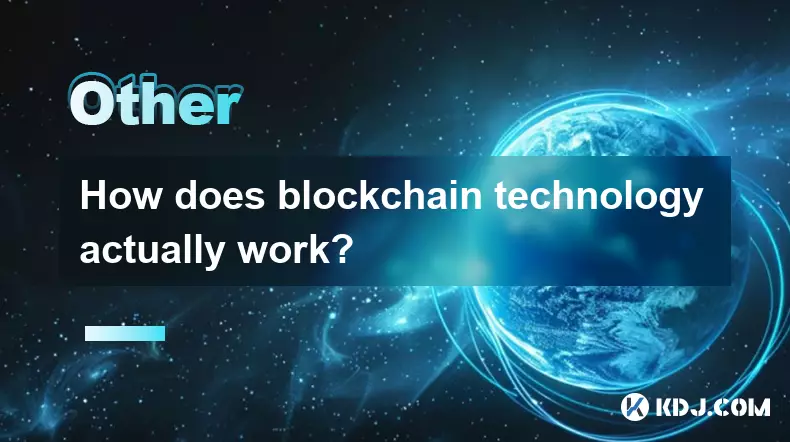
How does blockchain technology actually work?
Oct 11,2025 at 02:36pm
Understanding the Core Mechanism of Blockchain1. At its foundation, blockchain is a decentralized digital ledger that records transactions across mult...

What is a token economy?
Sep 20,2025 at 12:18am
Understanding the Foundations of a Token Economy1. A token economy in the context of cryptocurrency refers to a system where digital tokens are used a...
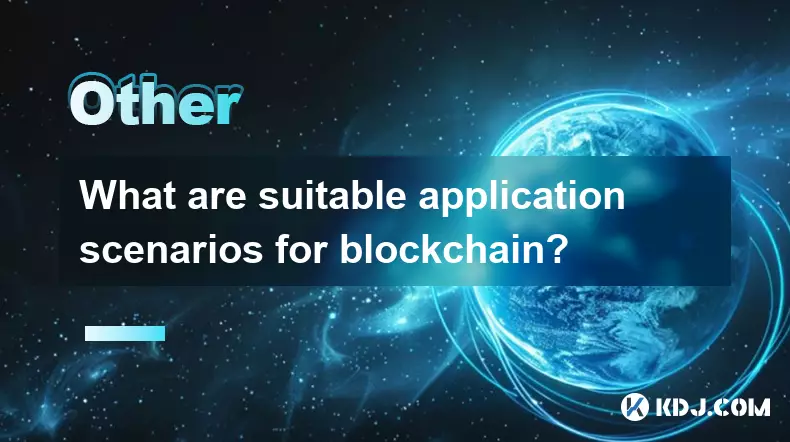
What are suitable application scenarios for blockchain?
Sep 20,2025 at 03:19am
Decentralized Finance (DeFi) Platforms1. Blockchain enables the creation of financial services without centralized intermediaries, allowing users to l...
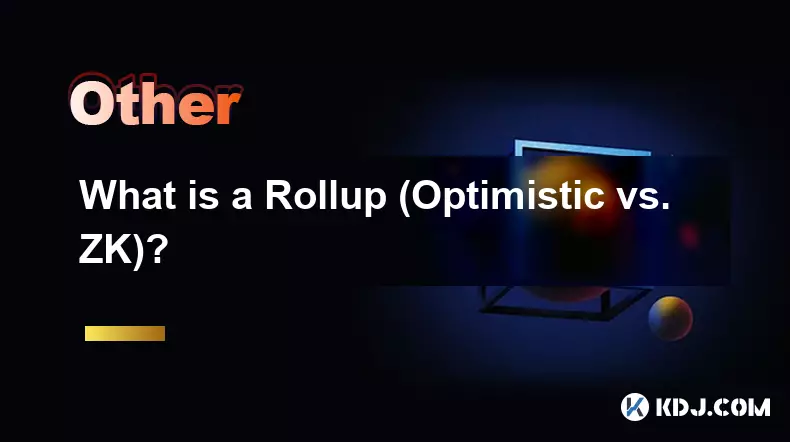
What is a Rollup (Optimistic vs. ZK)?
Sep 22,2025 at 03:00pm
Understanding Rollups in Blockchain Technology1. Rollups are layer-2 scaling solutions designed to increase transaction throughput on blockchains like...
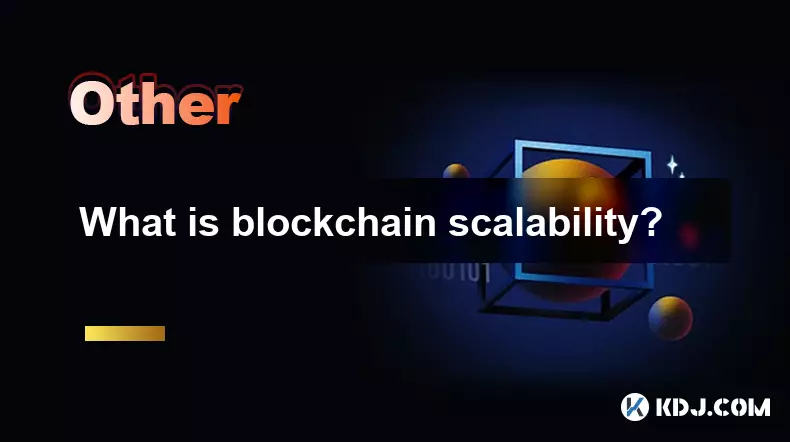
What is blockchain scalability?
Sep 19,2025 at 06:18am
Understanding Blockchain Scalability1. Blockchain scalability refers to a network's ability to handle an increasing number of transactions without com...

What is the "hash rate" of a blockchain network?
Oct 10,2025 at 03:55pm
Understanding Hash Rate in Blockchain Networks1. The hash rate refers to the total computational power being used to process transactions and mine new...

How does blockchain technology actually work?
Oct 11,2025 at 02:36pm
Understanding the Core Mechanism of Blockchain1. At its foundation, blockchain is a decentralized digital ledger that records transactions across mult...

What is a token economy?
Sep 20,2025 at 12:18am
Understanding the Foundations of a Token Economy1. A token economy in the context of cryptocurrency refers to a system where digital tokens are used a...

What are suitable application scenarios for blockchain?
Sep 20,2025 at 03:19am
Decentralized Finance (DeFi) Platforms1. Blockchain enables the creation of financial services without centralized intermediaries, allowing users to l...

What is a Rollup (Optimistic vs. ZK)?
Sep 22,2025 at 03:00pm
Understanding Rollups in Blockchain Technology1. Rollups are layer-2 scaling solutions designed to increase transaction throughput on blockchains like...

What is blockchain scalability?
Sep 19,2025 at 06:18am
Understanding Blockchain Scalability1. Blockchain scalability refers to a network's ability to handle an increasing number of transactions without com...
See all articles
















